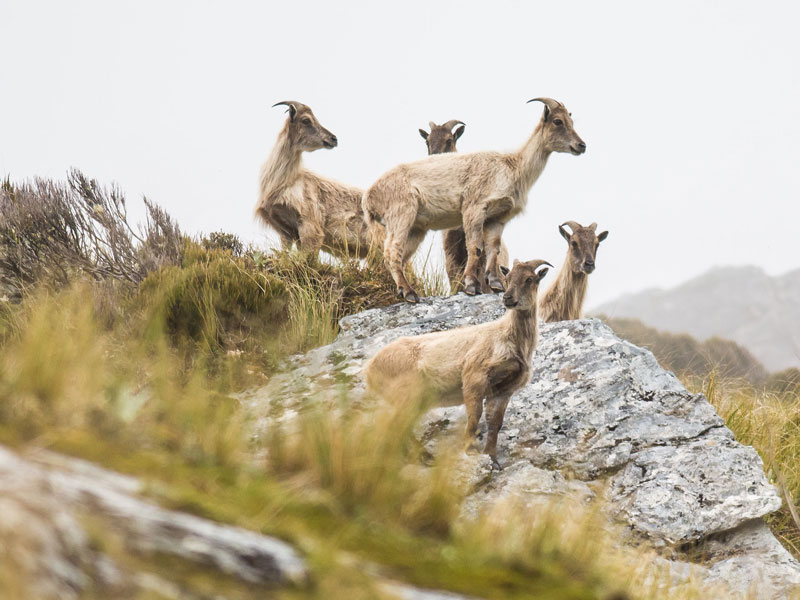DOC: tahr control for 2020 completed
2 min read
Between mid-July and early November, DOC aerially controlled 7481 tahr on public conservation land. Photo: Dylan Higgison
The Department of Conservation (DOC) has completed its planned Himalayan tahr control operations within the tahr feral range for 2020.
Tahr programme lead James Holborow says DOC hunters and contractors worked over four months in a range of alpine environments and challenging weather conditions.
“Between mid-July and early November, we aerially controlled 7481 tahr on public conservation land to protect alpine eco-systems from the impacts of high tahr densities.”
Maps showing where tahr were controlled as part of the Tahr Control Operational Plan for 2020/21 have been uploaded to the DOC website. Sightings of identifiable males located outside of the national parks management unit have also been mapped to help hunters.
“Hunters can head out on trips this summer on public conservation land throughout the feral range knowing DOC’s control work for the year is complete.”
Next month, DOC will meet with the Tahr Plan Implementation Liaison Group to begin engagement on a Tahr Control Operational Plan for 2021/22.
Read more: DOC releases new maps to help Himalayan tahr trophy hunters
Read more: DOC releases reconsidered Tahr Control Operational Plan
Read more: The clash over Himalayan tahr
“We’re approaching the development of next year’s work programme with an open mind and we’re looking forward to reviewing what we have learnt over the past couple of years with members of the group,” said Holborow.
The Himalayan Thar Control Plan 1993 (HTCP) is a statutory document made under section 5(1)(d) of the Wild Animal Control Act 1977.
DOC’s annual Operational Plan identifies how it will implement the HTCP, which sets a maximum population of 10,000 tahr across 706,000 hectares of private land, Crown pastoral leases, and public conservation land within the tahr feral range.



